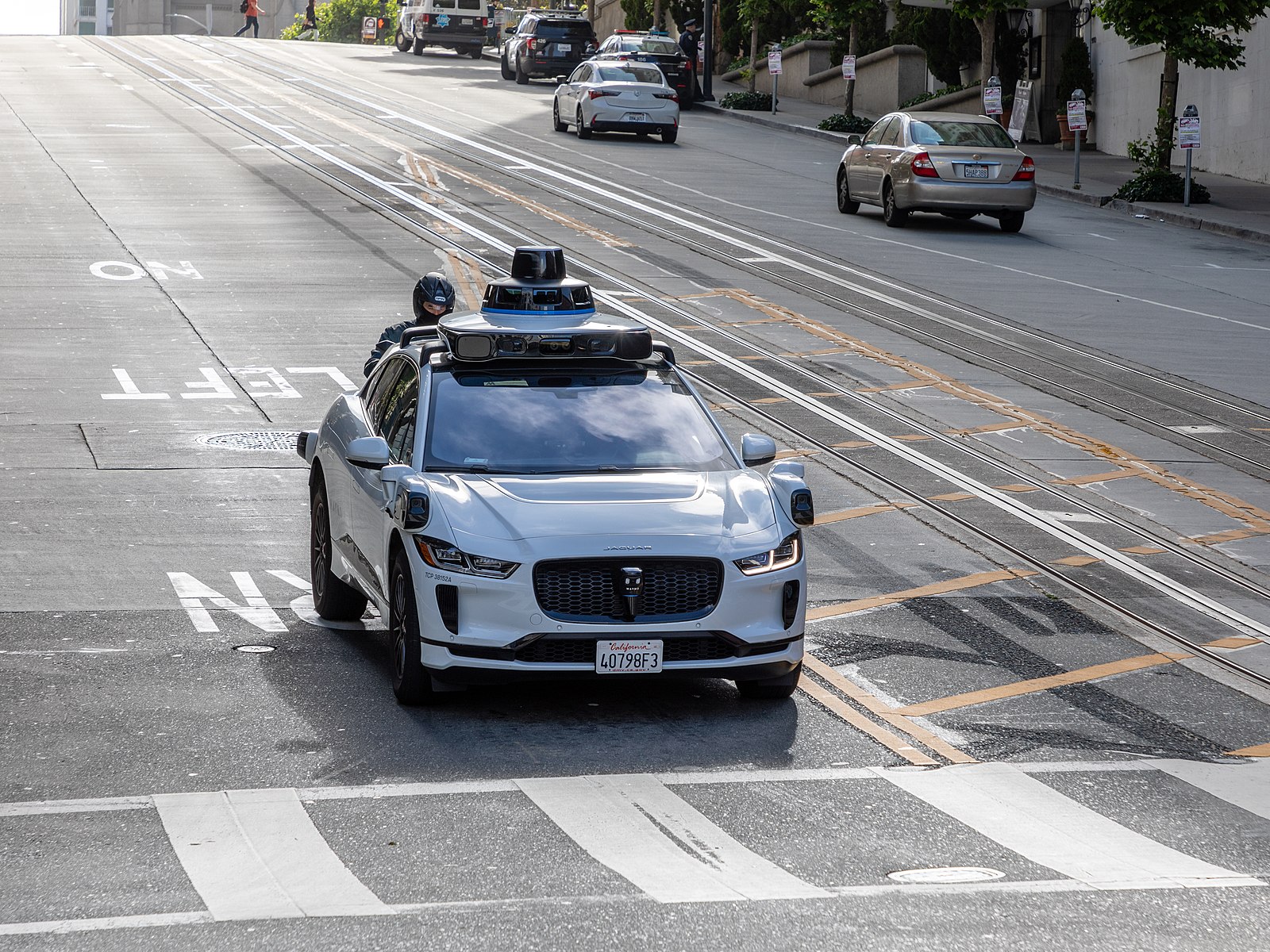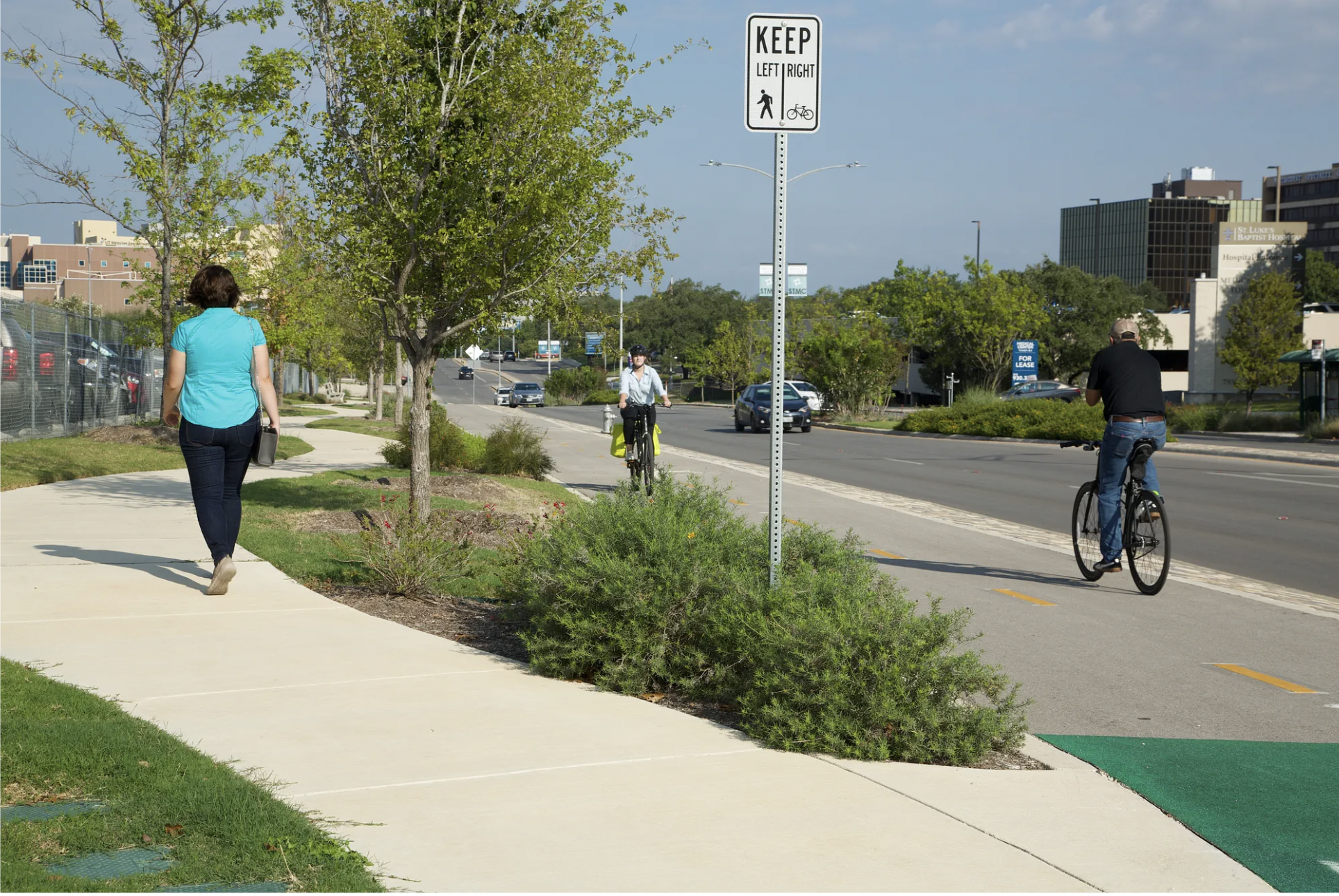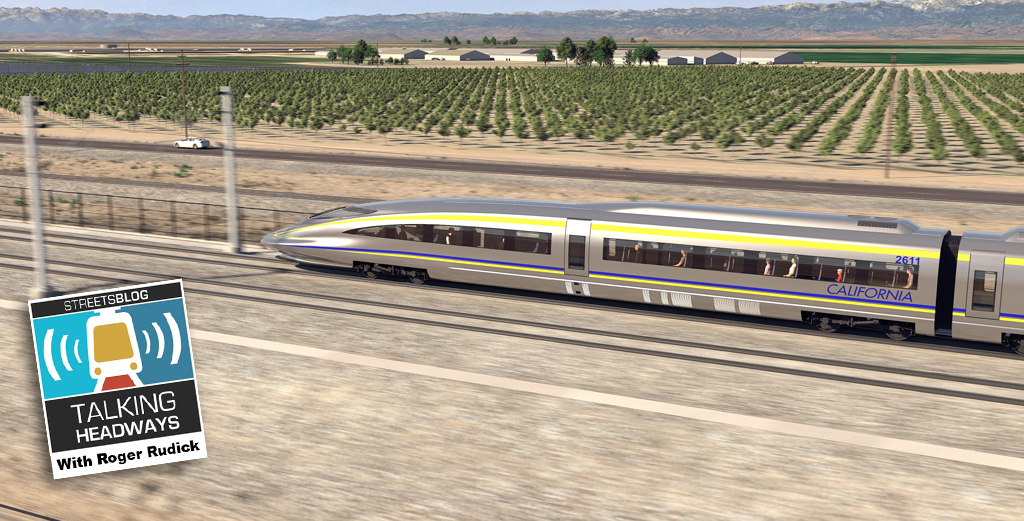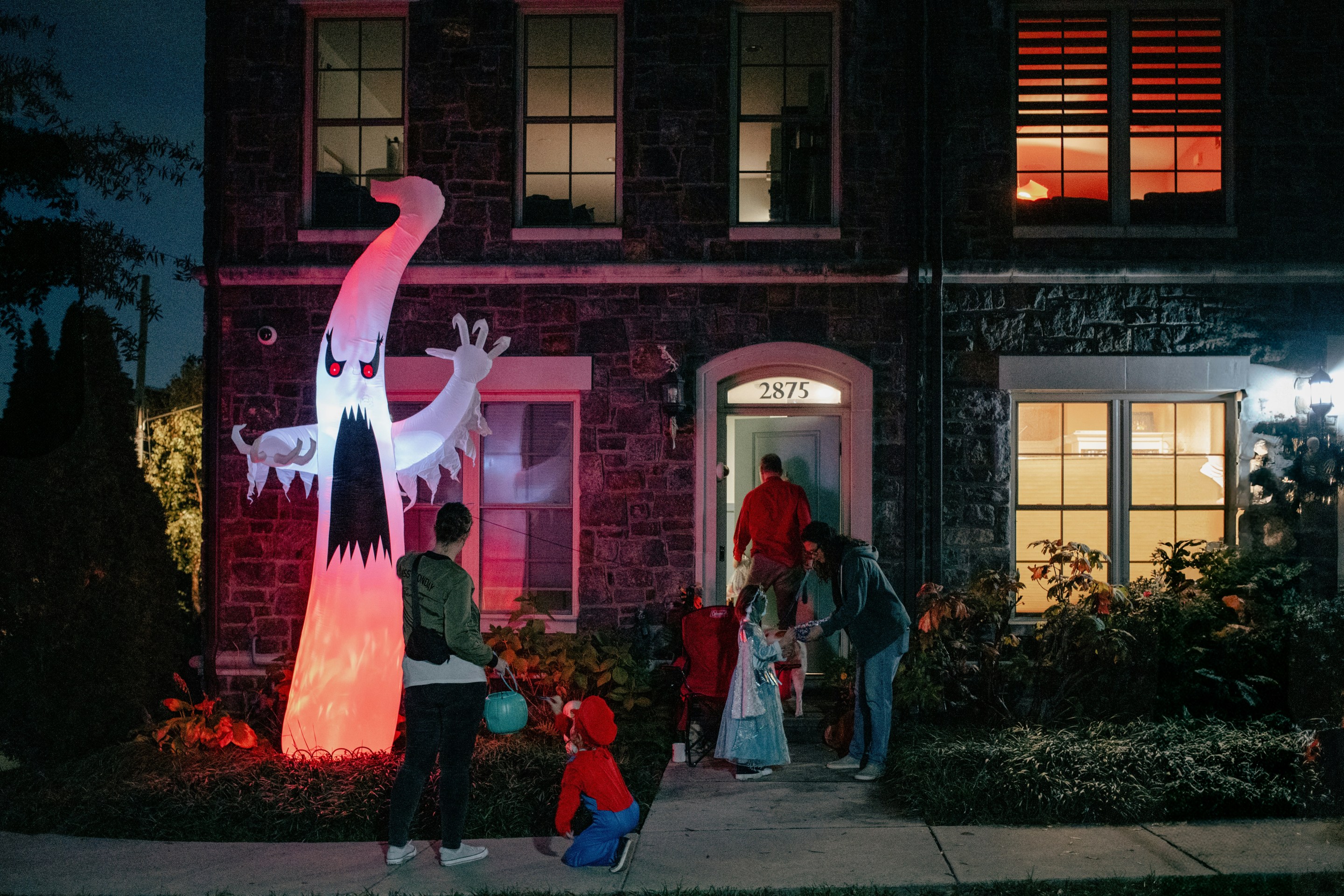A result of better city policing? Or a symptom of suburban decline?
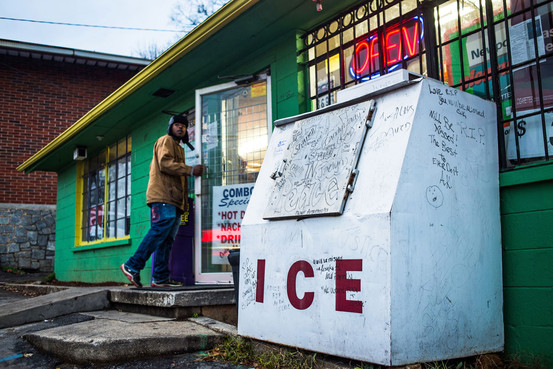
The Wall Street Journal reports that over the last 10 years violent crime has spiked in the suburbs while tapering off in cities. Using data from the federal Bureau of Justice Statistics and the Brookings Institution, WSJ reporters found that suburban homicide rates increased 16.9 percent between 2001 and 2010, while large cities saw a 16.7 percent decline over the same period.
"Today, suburban murders, from domestic violence to robberies gone bad to massacres like the Newtown, Conn., school shootings, make up about a quarter of all homicides in the U.S., up from 20.7% in 2001," WSJ reporters Cameron McWhirter and Gary Fields write.
The reasons for the trend are still subject to speculation. The Journal cites better medical response and "aggressive policing" in places like New York and Los Angeles. McWhirter and Fields also point to stagnating resources for suburban police departments:
Criminologists and public officials cite weaker and more resource-strapped law enforcement in some suburbs for the increase, among other factors. That, in turn, attracts criminals who focus on suburbs, because they are looking for easier places than relatively well-policed cities to commit crimes.
"They just shifted their operations," said Craig Steckler, the departing police chief of Fremont, Calif., and president of the International Association of Chiefs of Police.
Some of the biggest increases in crime were in the suburbs of Houston, Atlanta and Pittsburgh, WSJ reported. In Atlanta, a particularly pronounced case, violent crime rose 23 percent in the suburbs while dropping 49 percent in the city between 2000 and 2008.

